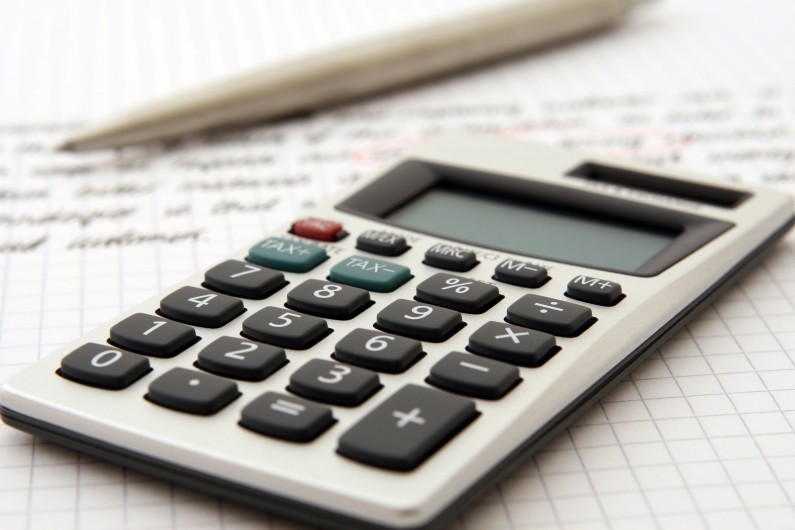This could herald the end of tax returns as we know it – one day, at least. The HMRC are introducing a new, simplified self-assessment form for some taxpayers.
Ask any company director or self-employed freelancer and they’ll tell you the same thing: Few things are as feared and despised as self-assessment tax return forms. They’re lengthy, time-consuming and all ’round hard work for the estimated 11 million workers who complete them each year.
But as HMRC roll out the Simple Assessment, it means that state pensioners with an income over £11,500 and PAYE workers who need to make up a tax shortfall will be spared having to go through the motions of the long self-assessment forms currently available.
Instead, HMRC will use other sources in order to estimate how much tax a person should pay. Doing so means they can quickly send out tax bills without length correspondence, but – even better news – it means that many who already complete self-assessment tax forms can simply compare their own records to those held by the HMRC.
If you’re eligible for Simple Assessment, HMRC will get in touch with you. For those who have recently changed jobs, started receiving a workplace pension or are in receipt of certain state benefits, that may come in the form of a P800.
However, you’re more likely to receive a letter if you owe more than £3,000, pay taxes on your state pension or owe taxes not collected through PAYE.
These correspondences will show you all your income – whether that’s your salary, pensions, savings or state benefits (or all of the above, for that matter). It may also include employee benefits if you now receive them.
Alongside this information, you’ll be shown how much tax you owe – and a payment deadline.
All that leaves you to do is check that the figures HMRC provide tally with your own and pay the tax bill. If there are any mistakes in the Simple Assessment, you’ll have 60 days to contact the authorities and highlight any issues (and that includes any income that’s missing!). After that, you’ll have 30 days to appeal any HMRC response with which you’re not happy.
HMRC currently fines non-payment at £100 for the first day. Then it’s billed at £10 per day, up to £900. 6 months later nets a further fine of £300 or 5% of tax due (whichever’s higher). After twelve months, another £300 or 5% of tax owed is added to the bill.
In short, while the new system may make it simpler to self-assess, it’s still vital to hit that payment deadline. And, hopefully, with the new Simple Assessment forms, more and more people will be able to complete their taxes without issue.
Even more exciting, though, is the possibility that HMRC’s Simple Assessment roll out will, in future, signal the beginning of the end for lengthy tax returns.

